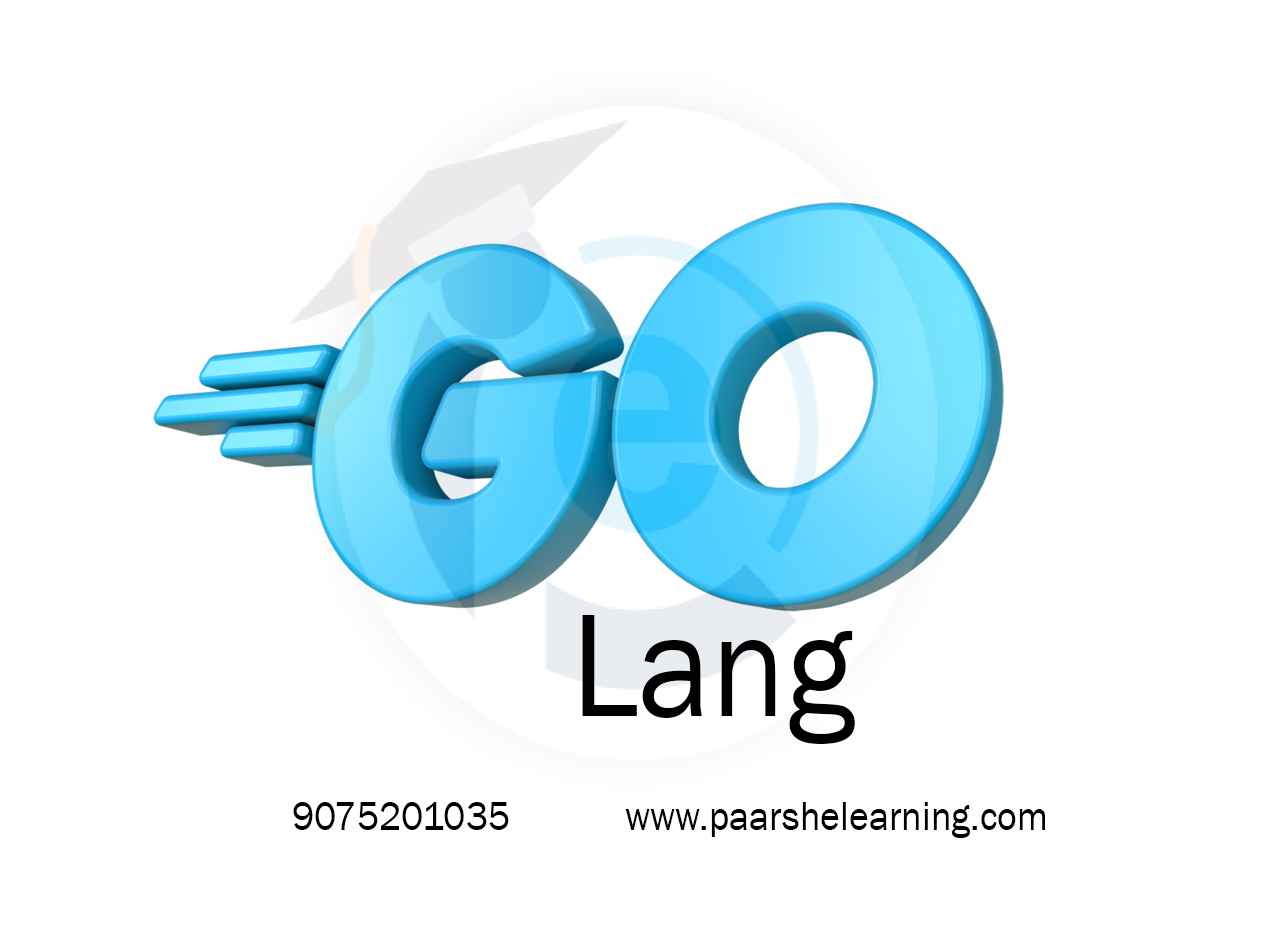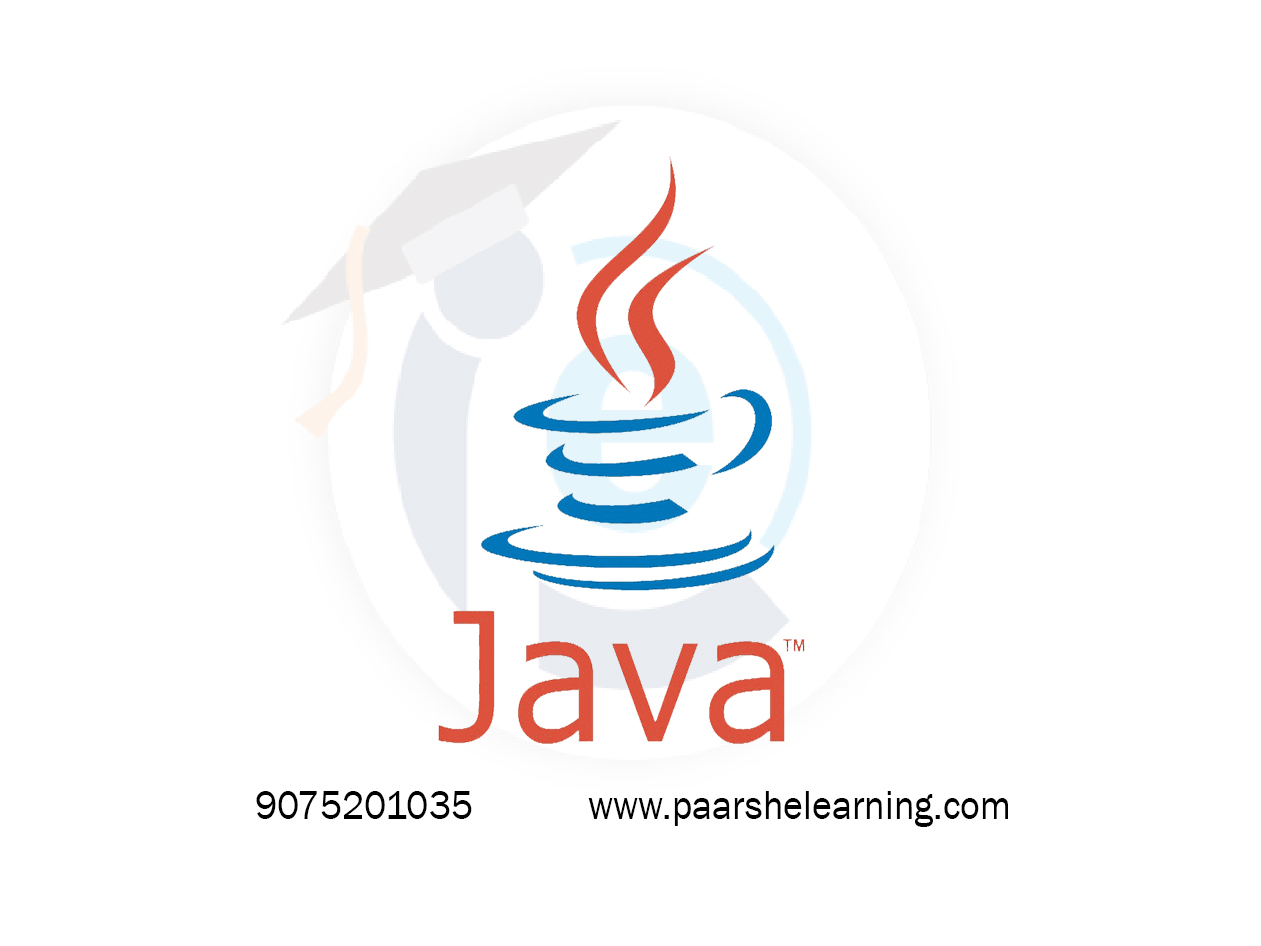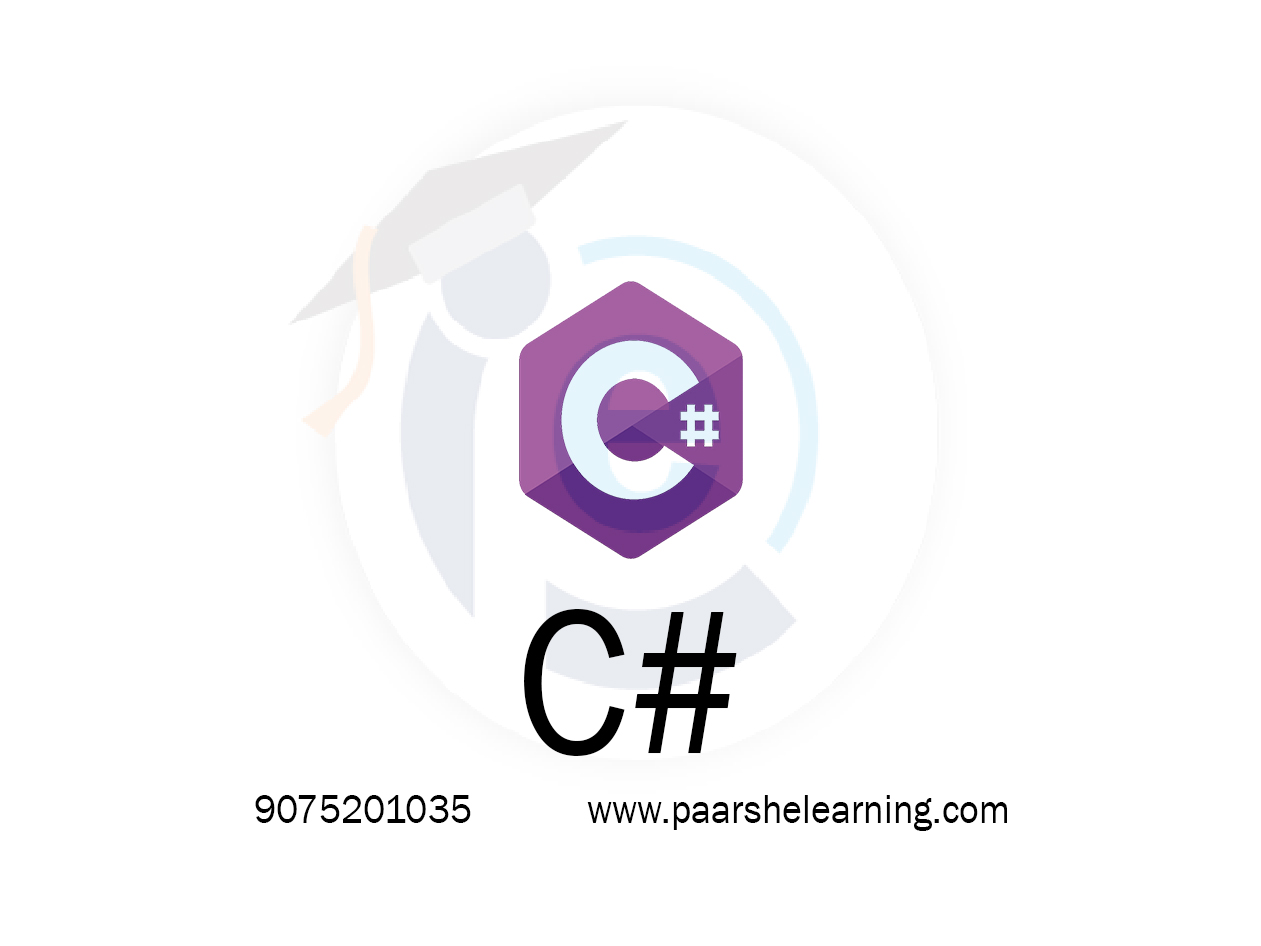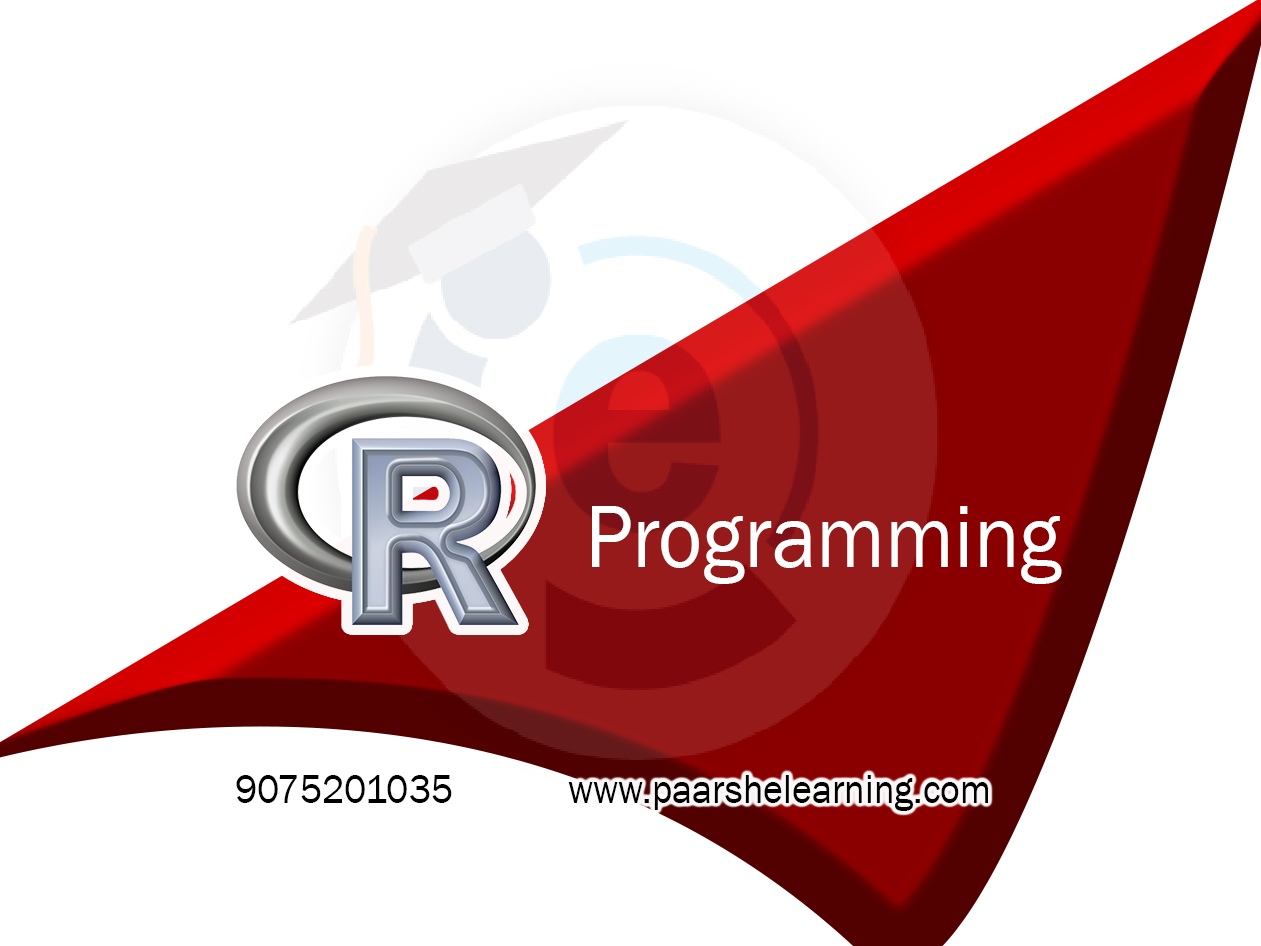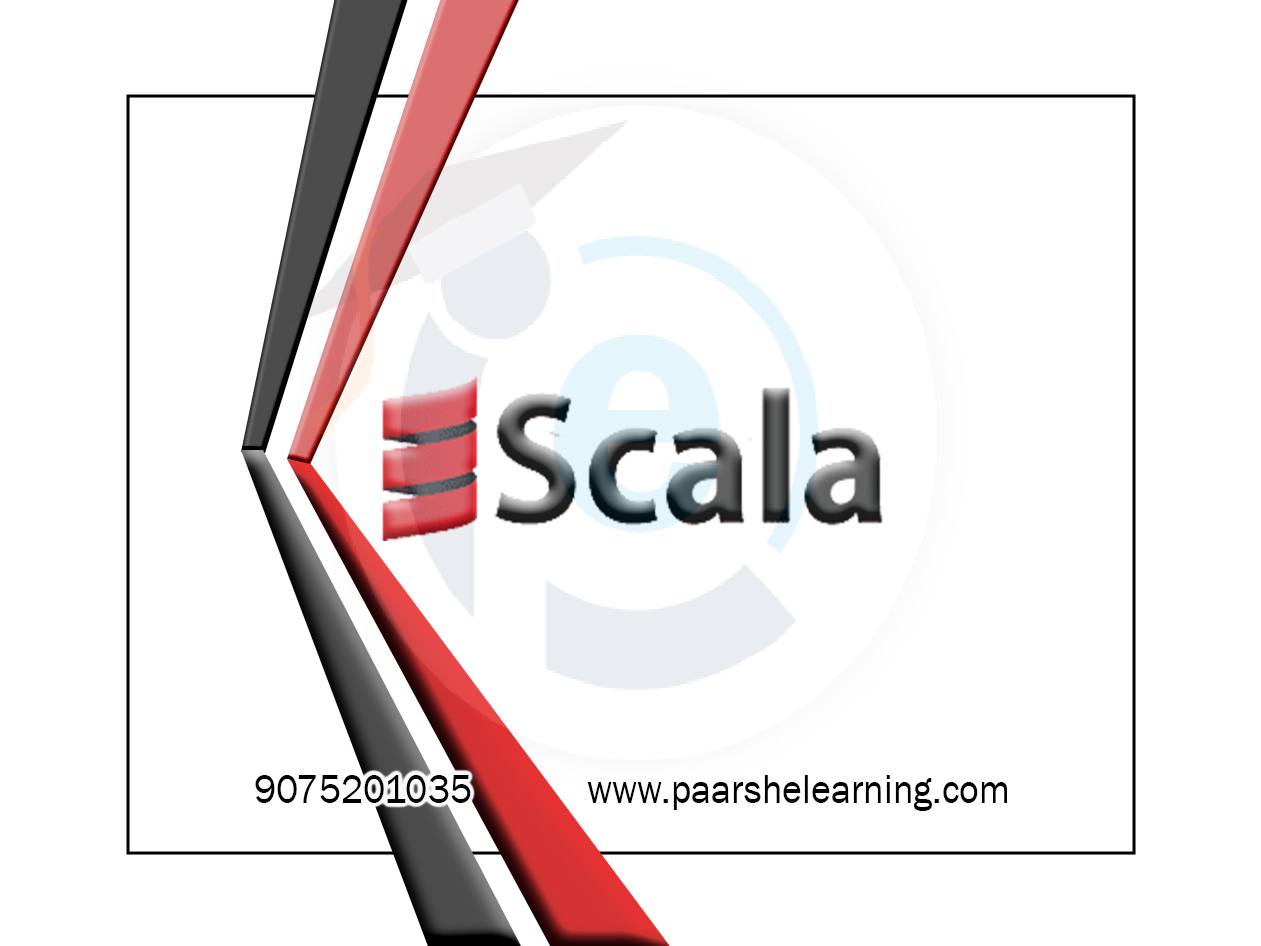- Introduction to Go: This may cover the basics of the Go language, including how to install it, how it works, and how to create a simple "Hello World" program.
- Data types and control structures: This may cover the various data types in Go, including strings, integers, and arrays, as well as the control structures used to manipulate them.
- Functions and packages: This may cover how to write functions in Go, as well as how to use and create packages.
- Pointers and memory management: Go has built-in support for pointers, which can be used to manipulate memory directly. This may cover how to use pointers in Go, as well as how Go manages memory allocation and garbage collection.
- Concurrency and parallelism: Go has built-in support for concurrency and parallelism, making it a powerful language for building scalable and high-performance applications. This may cover how to use channels, goroutines, and other concurrency primitives in Go.
- Web development with Go: This may cover how to build web applications with Go, using frameworks like Gin or Echo. You may also learn how to work with HTML templates and how to interact with databases like MySQL or PostgreSQL.
- Testing and debugging: This may cover how to test and debug Go programs, using tools like Go's built-in testing framework and the Delve debugger.
GO Lang
Course description
Go (or Golang) is a programming language that was created by Google in 2009. It is designed to be fast, efficient, and easy to use, making it a popular choice for building web applications, network tools, system-level software, and more. Here are some common topics that may be covered in a Go course:
-
Introduction to Go: This may cover the basics of the Go language, including how to install it, how it works, and how to create a simple "Hello World" application.
-
Working with data types and control structures: This may cover the various data types in Go, including strings, integers, and arrays, as well as the control structures used to manipulate them.
-
Building web applications with Go: This may cover how to build web applications with Go, using frameworks like Gin or Echo. You may also learn how to work with HTML templates and how to interact with databases like MySQL or PostgreSQL.
-
Concurrency and parallelism: Go has built-in support for concurrency and parallelism, making it a powerful language for building scalable and high-performance applications. You may learn how to use channels, goroutines, and other concurrency primitives in Go.
-
Testing and debugging: This may cover how to test and debug Go applications, using tools like Go's built-in testing framework and the Delve debugger.
-
Building command-line tools: Go is often used for building command-line tools and system-level software. You may learn how to build and distribute command-line tools with Go, as well as how to interact with the file system and other system-level APIs.
Overall, a Go course can help you learn how to build scalable and high-performance applications using Go and related technologies. The specific topics covered may vary depending on the level of the course and the specific focus of the curriculum.
What you will learn from this course?
This course includes!
- Daily Live session
- Access on Mobile and TV
- Certificate of completion
- Recommendation Letter
- Free lifetime access
- Resume building sessions
- 100% Job Placement
This course is for
- A Go course is for anyone who wants to learn how to program in the Go language. It can be particularly useful for:
- Programmers who want to learn a new language: If you already know how to program in another language, learning Go can be a great way to expand your skillset and explore new programming paradigms.
- Web developers: Go is a popular language for building web applications, so if you're a web developer, learning Go can help you build faster and more scalable web applications.
- System administrators and network engineers: Go is often used for building command-line tools and system-level software, so if you work in these areas, learning Go can help you build more efficient and powerful tools.
- Data engineers and data scientists: Go is becoming increasingly popular in the world of data engineering and data science, so if you work in these fields, learning Go can help you build more efficient and scalable data processing pipelines.
- Overall, a Go course can be useful for anyone who wants to learn how to program in Go and wants to build fast, efficient, and scalable applications.
Prerequisites for this course
- Basic programming concepts: You should be familiar with basic programming concepts like variables, loops, functions, and conditional statements.
- Familiarity with a programming language: It's helpful if you have experience with at least one programming language, as this will help you understand the basic concepts of programming in Go.
- Familiarity with the command line: Go is often used for building command-line tools and applications, so it's helpful if you're familiar with the command line and how to navigate and work with files in a terminal environment.
- Understanding of data types and data structures: You should be familiar with basic data types like strings, integers, and floats, as well as basic data structures like arrays and maps.
- Familiarity with web development: If you want to build web applications with Go, it's helpful if you have some prior experience with web development concepts like HTML, CSS, and JavaScript.
Go Language Syllabus
-
Introduction To Go Programming
Understanding the history and features of Go Setting up the Go development environment Basics of Go syntax and structure Writing and running your first Go program
-
Variables, Data Types, And Operators
Introduction to data types: int, float, string, etc. Working with variables and constants Using arithmetic, relational, and logical operators Type inference and declaration syntax
-
Control Flow And Decision Making
Implementing if, else if, and else statements Working with switch-case statements Using loops: for, while, range Using break and continue statements
-
Functions And Concurrency
Defining and calling functions in Go Passing arguments and returning values Using defer for cleanup and resource management Introduction to Goroutines and concurrency in Go
-
Arrays, Slices, And Maps
Working with arrays and slices in Go Understanding slices as dynamic arrays Using range with arrays and slices Working with maps for key-value data
-
Structs, Interfaces, And Methods
Introduction to structs and defining custom types Implementing methods on structs and custom types Understanding interfaces and their usage Creating and using interfaces for polymorphism
-
Error Handling And Testing
Handling errors using the error type Custom error types and error handling strategies Introduction to unit testing in Go Writing test cases and using the "testing" package
-
Advanced Topics And Web Development
Introduction to web development in Go Using the net/http package to create web servers Implementing routing and handling HTTP requests Exploring third-party packages and libraries in Go
-
Paarsh E-Learning encourags hands-on practice, assignments, and projects throughout the course to reinforce students' understanding of Go programming concepts. Assign projects that gradually increase in complexity to challenge their skills. Cover both theoretical concepts and practical coding exercises to provide a well-rounded learning experience.
